
For more than 13,000 years the Colorado Plateau has been a crossroads of cultures and people. Many current inhabitants trace their cultural origins back to ancestors who left a trail in the form of pottery, baskets, stone structures, and other objects.
This makes the region wonderful for anthropology, which is the study of past and present people through our cultures, languages, technology, arts, architecture, and human biology. The dry climate and exposed landscape also make it easy to find the remnants of previous cultures. The museum was founded in part to protect those sites and keep artifacts near their origins. MNA cares for cultural objects and records in the anthropology collection and makes the collections available to descendant communities. These collections are particularly strong in the Kayenta and Sinagua regions.
From its beginning, MNA cultivated valuable working relationships with Colorado Plateau Tribes, particularly the Dilzhe’e Apache, Diné (Navajo), Havasupai, Hopi, Hualapai, Southern Paiute, Southern Ute, Yavapai, and Zuni. Today tribal artists, scholars, and culture leaders regularly access the collections. These partnerships enhance the general understanding of the museum collections and lead to increased accuracy, sensitivity and a sense of respect for cultural origin.
MNA anthropologists also continue to partner with descendant communities and federal agencies on research projects and often assist in consultations and repatriations of objects. We recognize that archaeological sites are the heritage of regional tribes, who view them as places still alive with ancestral spirits. While archaeologists in the early 1900s would excavate and collect materials, today we seek to preserve artifacts in place and only excavate when a site is in danger from erosion, exposure, or construction.
Projects
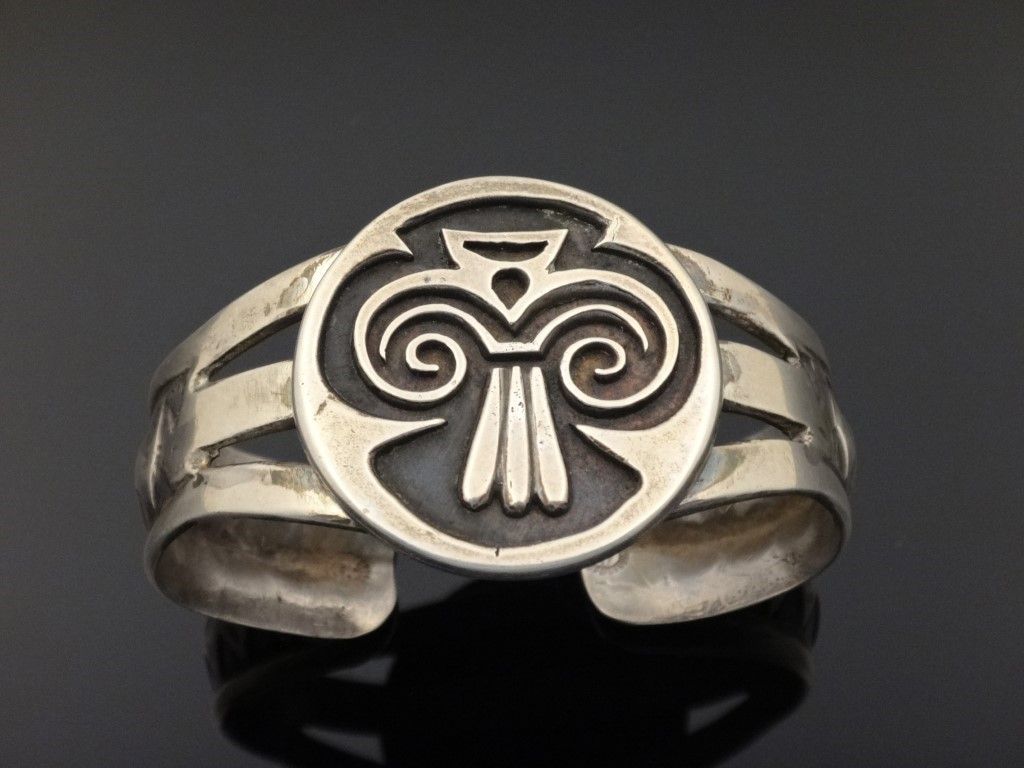
Hopi Silver Jewelry
MNA Research Associate Prof. Atsunori Ito leads a comprehensive and collaborative review of MNA’s Hopi silver jewelry collection with participation of several expert contemporary Hopi silversmiths.
Learn More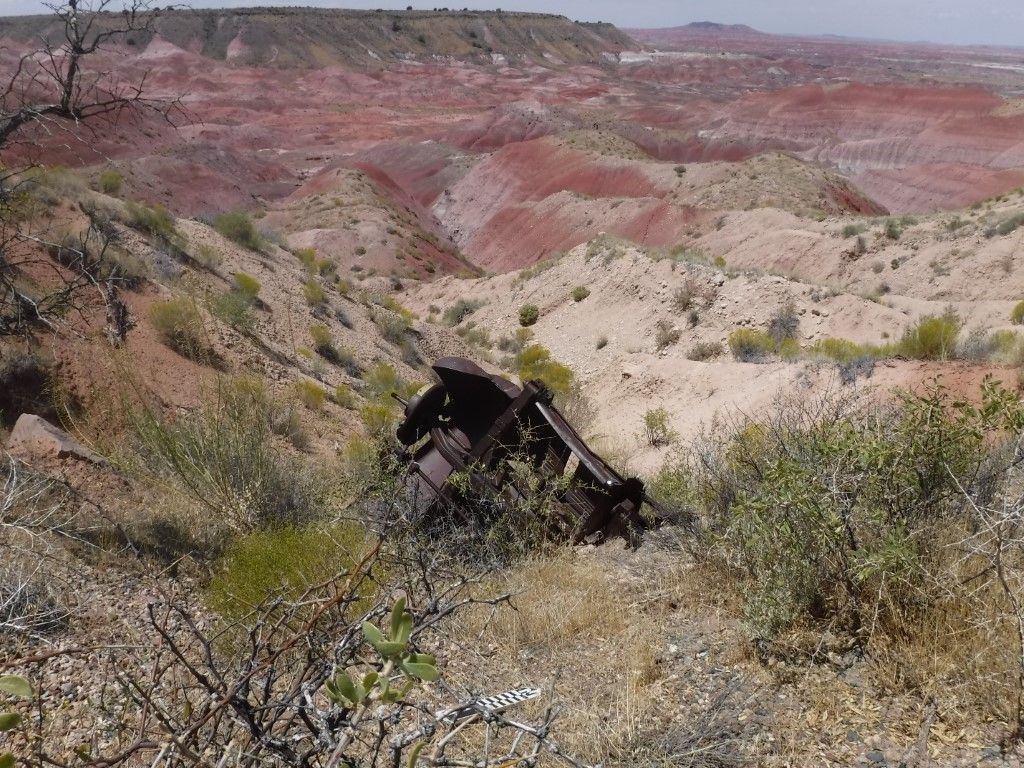
Documenting Rt. 66
MNA archaeologists have already discovered more than 10,000 artifacts as they document the historic Route 66 (1926-1985), the National Old Trails Highway (1913-1926), and the Beale Wagon Road (1857-1858) through Petrified Forest National Park.
Learn More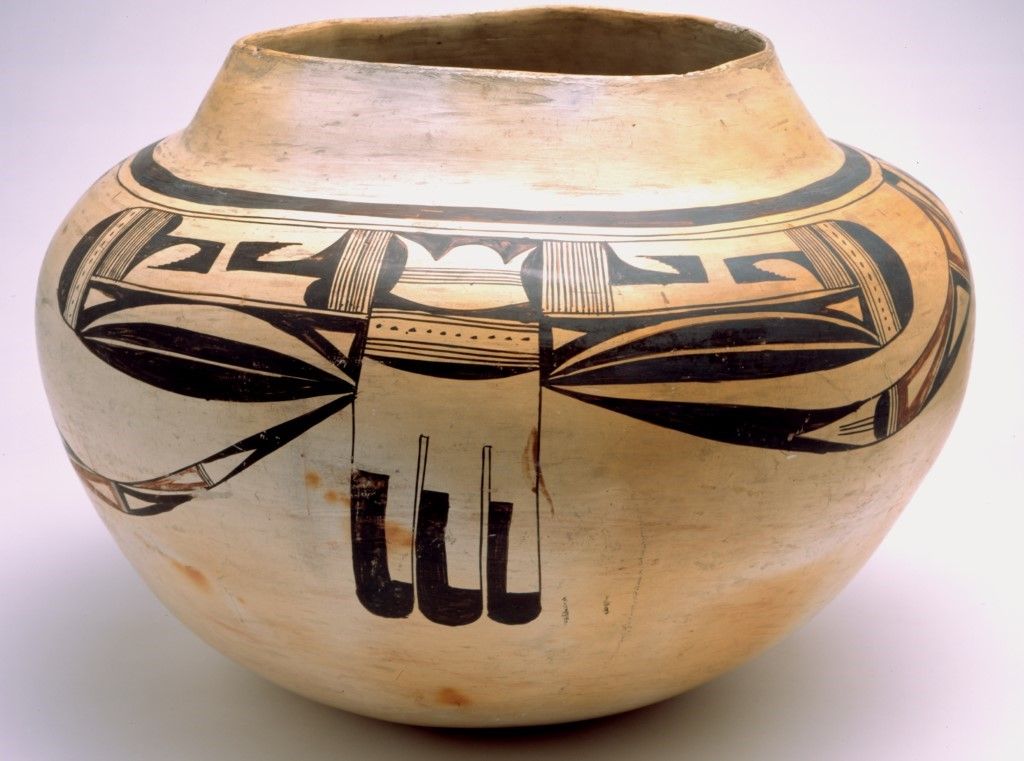
Pottery Collection
Curator of Anthropology Dr. Kelley Hays-Gilpin is embarking on a comprehensive review of MNA’s world class pottery collection, which spans centuries, and contains not only beautiful works of art, but utility vessels used for storage and cooking.

Walnut Canyon National Monument South Slopes Survey
Museum archaeologists made some interesting discoveries during an archaeological assessment of Walnut Canyon in 2021. Project staff completed archaeological condition assessment, fire hazard assessment, and site reevaluation at 137 previously recorded sites, including nearly all of the prehistoric Sinagua cliff dwellings visible from the North Rim and Island Trail.
Learn More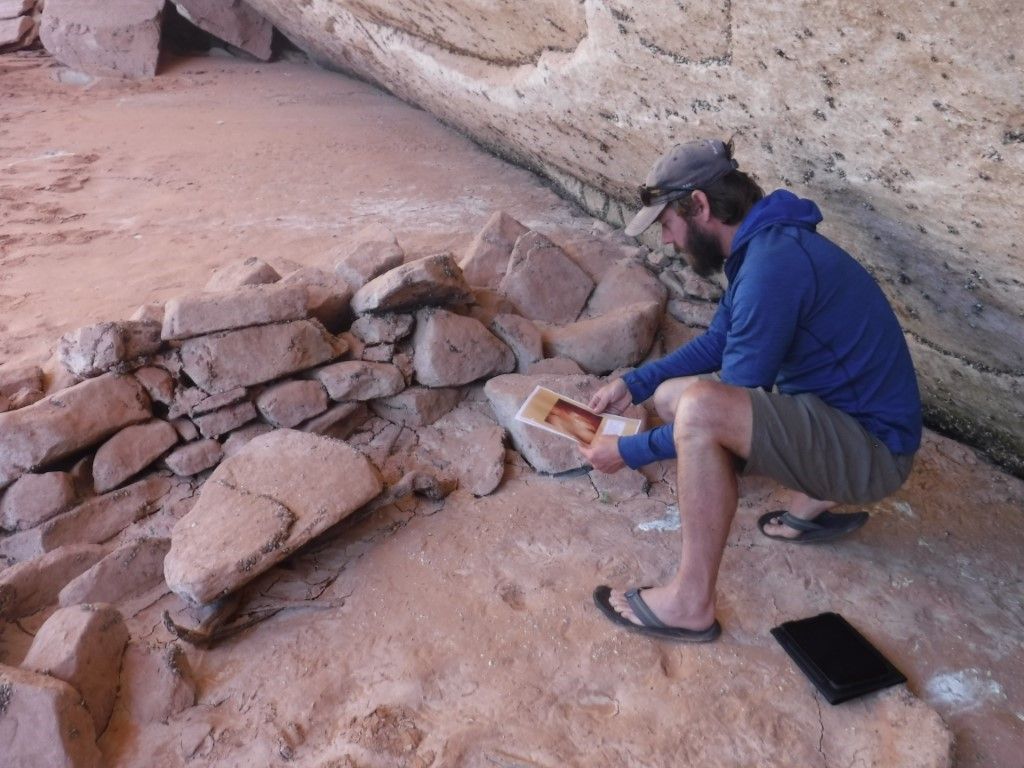
Protecting sites in Glen Canyon NRA
MNA archaeologists are helping identify the causes of damage to archaeological sites at Glen Canyon National Recreation Area by assessing more than 500 sites, nearly one-fourth of the sites known in the park.
Learn More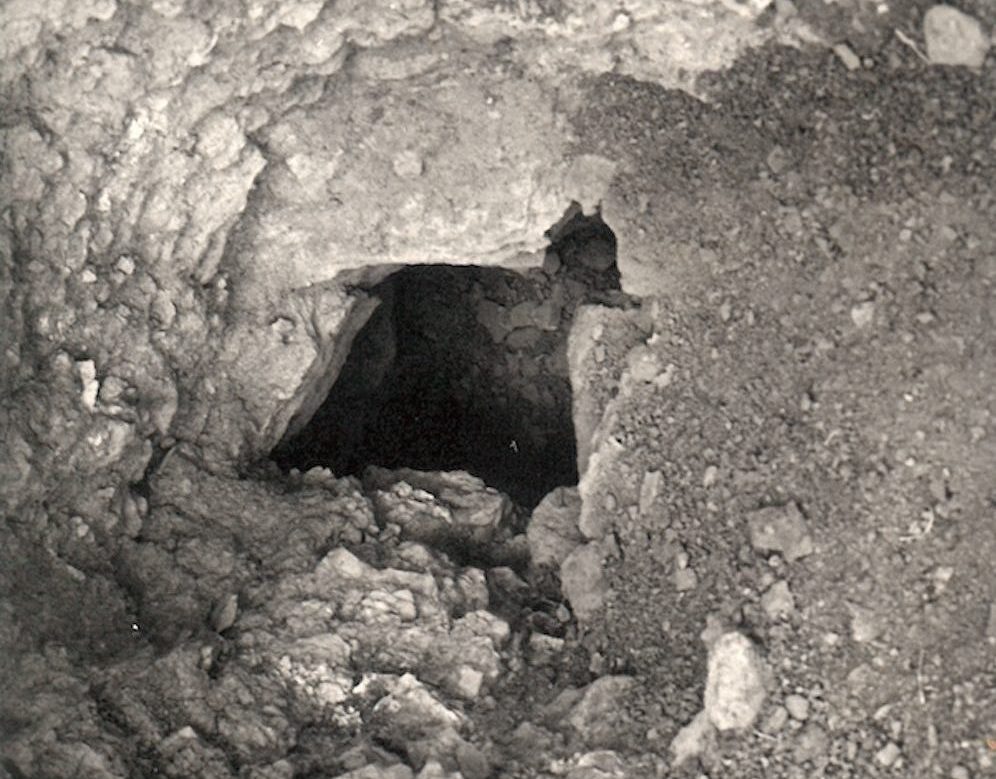
Blowholes at Wupatki
Museum of Northern Arizona and the National Park Service collaborated on an intensive inventory of 5-acre blocks around the known locations of six blowholes or earth-cracks. The survey identified 47 cultural features or artifacts, and 160 features associated with 23 archaeological sites, 22 of which were previously recorded.
Learn MorePublications
The Colors of Ancestral Pueblo Pottery.
Hays-Gilpin, K.A., & Neitzel, J. E. 2020. In Color in the Ancestral Pueblo Southwest (pp. 45-60). Salt Lake City: University of Utah Press.
Tie-dyed Textiles in Kiva Murals, Petroglyphs, and Painted Pottery
Hays-Gilpin, K.A., & Webster, L.D. 2020. In A Lifelong Journey: Papers in Honor of Michael Marshall (pp. 79–91). Albuquerque: Archaeological Society of New Mexico.
Decolonizing museum catalogs: defining and exploring the problem
Hays-Gilpin, K. A., Ito, A., & Breunig, R. 2020. In Info-Forum Museum: A Project to Create a Source Community-driven Multivocal Museum Catalog (pp. 4–31). Senri, Japan: National Museum of Ethnology, Japan.
Color in the Ancestral Pueblo Southwest
Munson, Marit K., & Hays-Gilpin, K.A., editors 2020. Color in the Ancestral Pueblo Southwest. Salt Lake City: University of Utah Press.
View PublicationConclusion: The Chromatic Past
Munson, M.K. & Hays-Gilpin, K.A. 2020. In Color in the Ancestral Pueblo Southwest (pp. 115-123). Salt Lake City: University of Utah Press.
The force is with our people
Thibodeau, A.J., M. Wheeler, and L. Francis. 2020. Plateau 11 (1). Museum of Northern Arizona, Flagstaff
Color in the Ancestral Pueblo Southwest
Munson, Marit K., & Hays-Gilpin, K.A., editors (2020). Salt Lake City: University of Utah Press.
The Colors of Ancestral Pueblo Pottery
Hays-Gilpin, K.A., & Neitzel, J. E. (2020). The Colors of Ancestral Pueblo Pottery. In Color in the Ancestral Pueblo Southwest (pp. 45-60). Salt Lake City: University of Utah Press.
Grand Journeys: Hopi Mural Paintings from Ancient to Modern
Hays-Gilpin, K. A. (2019). In Murals of the Americas. Readings in Latin American Studies. (pp. 121–133). Denver, Colorado: Denver Art Museum.
We Are All Connected: Rock Art Ontologies in the Southwestern U.S.
Hays-Gilpin, K. A. (2019). Time and Mind: The Journal of Archaeology, Consciousness and Culture, 12(2), 95–107.
Fostering Collaborative Synthetic Research in Archaeology
Altschul, J., Kintigh, K., Klein, T., Doelle, W., Herr, S., Hays-Gilpin, K. A., Sabloff, J. and others (2018). Advances in Archaeological Practice.
There and Back Again
Hays-Gilpin, K. A., Gilpin, D., Eckert, S. L., Ware, J., Phillips, D. A., Franklin, H., & Ballagh, J. H. (2018). In Interaction and Connectivity in the Greater Southwest (pp. 54–83). Boulder: University Press of Colorado.
Becoming Hopi: Exploring Hopi Ethnogenesis through Architecture, Pottery, and Cultural Knowledge
Hays-Gilpin, K. A., & Gilpin, D. (2018). In Footprints of Hopi History: Hopihiniwtiput Kukveni’at (pp. 123–140). Tucson: University of Arizona Press.
Rock Art and the Transformation of History in the Southwestern United States
Hays-Gilpin, K. A., & Gilpin, D. (2018). Australian Archaeology, 84(3), 294–304.
Petroglyphs as a Library of Ancestral Knowledge: Zuni Migrations and the Water Strider
Seowtewa, O., & Hays-Gilpin, K. A. (2018). Plateau: The Land and People of the Colorado Plateau, 10(1), 39–40. Museum of Northern Arizona.
“Images on Stone” revisited
Hays-Gilpin, K. A. 2018. Plateau: The Land and People of the Colorado Plateau, 10(1), 53–54. Museum of Northern Arizona.
Fostering synthesis in archaeology to advance science and benefit society
Altschul, J., Kintigh, K., Klein, T., Doelle, W., Hays-Gilpin, K. A., Herr, S., Sabloff, J. and others 2017. Proceedings of the National Academy of Sciences, 42(114), 10999–11002.
View PublicationIconography of the Ancient Southwest
Munson, M., & Hays-Gilpin, K. A. (2017). In Oxford Handbook of the American Southwest. Oxford: Oxford University Press.
View PublicationSunset Crater and Little Springs Volcano Eruptions: Disaster Management in the Eleventh Century AD Southwest
Mark D. Elson. Michael H. Ort, and Kirk C. Anderson
2016 In Exploring Cause and Explanation: Historical Ecology, Demography, and Movement in the American Southwest, edited by Cynthia L. Herhahn and Ann F. Ramenofsky, pp. 47-72. University Press of Colorado, Boulder
Chronostratigraphic and Paleoenvironmental Evidence for Marsh Habitats during the Early Pueblo I (A.D. 700–900) Occupation of Ridges Basin, Southwest Colorado, USA
2. Kirk C. Anderson and James M. Potter. 2015. Geoarchaeology: An International Journal 30:100-119
Department of Agriculture, Forest Service, Rocky Mountain Research Station General Technical Report RMRS-GTR-303, Ft. Collins.
Sikyatki Polychrome: Style, Iconography, Cross-media Comparisons, and Organization of Production
20. Hays-Gilpin, K. A. (2014). Kiva 79 (2) 2, pp. 175–204.
Early Pueblo Responses to Climate Variability: Farming Traditions, Land Tenure, and Social Power in the Eastern Mesa Verde Area
Benjamin A. Bellorado and and Kirk C. Anderson 2013 Kiva 78(4):377-416.Benjamin A. Bellorado and Kirk C. Anderson
Curating Communities at the Museum of Northern Arizona
Hays-Gilpin, K. A., & Lomatewama, R. (2013). In Reassembling the Museum Collection (pp. 259–284). Santa Fe: School for Advanced Research Press.
Some Contemporary Pueblo Perspectives on Archaeology in the Pueblo World
Hays-Gilpin, K. A., & Lomatewama, R. (2013). Kiva, 78(3), 1–18.
The influence of paleofloods on archaeological settlement patterns during A.D. 1050–1170 along the Colorado River in the Grand Canyon, Arizona, USA.
4. Kirk C. Anderson and Ted Neff 2011 Catena (2011) doi:10.1016/j.catena.2010.12.004
Crafting Hopi Identities at the Museum of Northern Arizona
Hays-Gilpin, K. A. (2011). In Unpacking the Museum Collection: Networks of Material and Social Agency in the Museum (ed. Sarah Byrne, Anne Clarke, and Robin Torrence, pp. 185–208). New York: World Archaeological Congress, Springer.
Painting the Cosmos: Metaphor and Worldview in Images from the Southwest and Pueblos and Mexico
Hays-Gilpin, K. A., & Schaafsma, P., editors (2010). (p. 216). Flagstaff: Museum of Northern Arizona.
Variable effects of cinder-cone eruptions on prehistoric agrarian human populations in the American southwest
5. Michael H. Ort, Mark D. Elson, Kirk C. Anderson, Wendell A. Duffield, and Terry L. Samples 2008 Journal of Volcanolgy and Geothermal Research 176:636-376.
A New Look at Tie-Dye and the Dot-in-square Motif in the Prehispanic Southwest
Webster, L. D., Hays-Gilpin, K. A., & Schaafsma, P. (2006). Kiva, 71(3), 317–348.
Ambiguous Images: Gender and Rock Art
Hays-Gilpin, K. A. (2004). Walnut Creek, CA: AltaMira Press.
The Flower World in Material Culture: An Iconographic Complex in the Southwest and Mesoamerica
Hays-Gilpin, K. A., & Hill, J. H. (1999). Journal of Anthropological Research, 55, 1–37.
